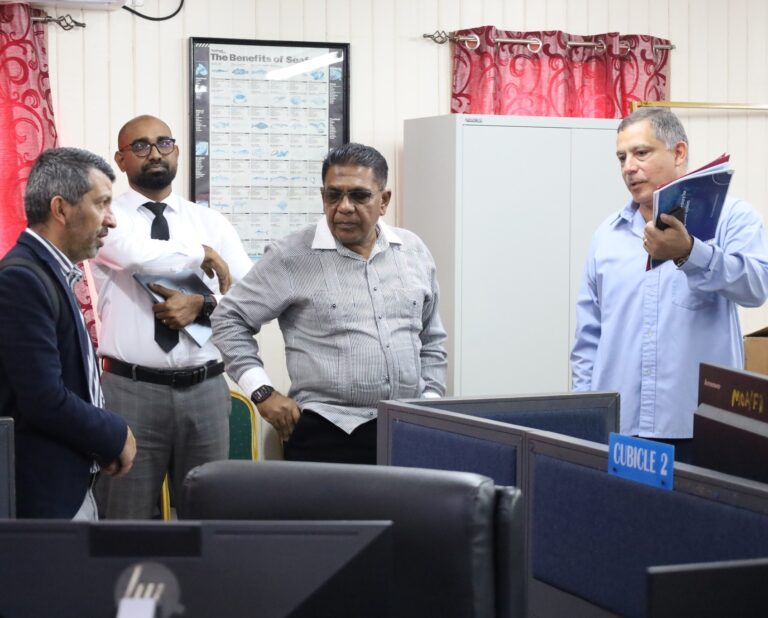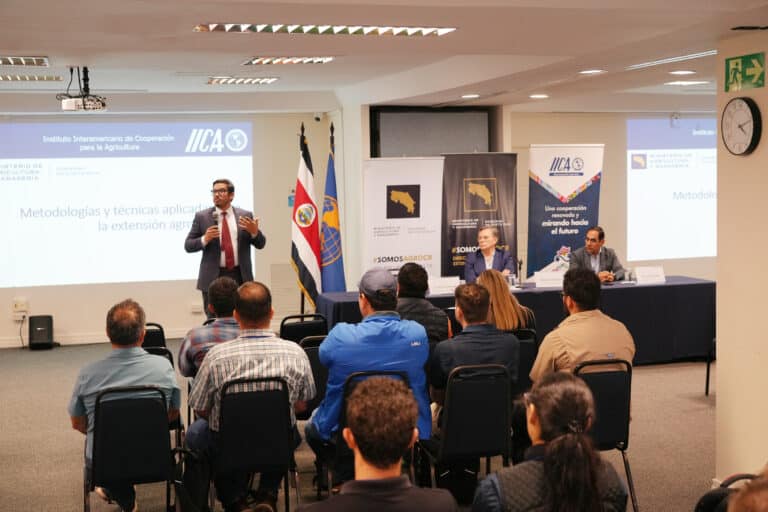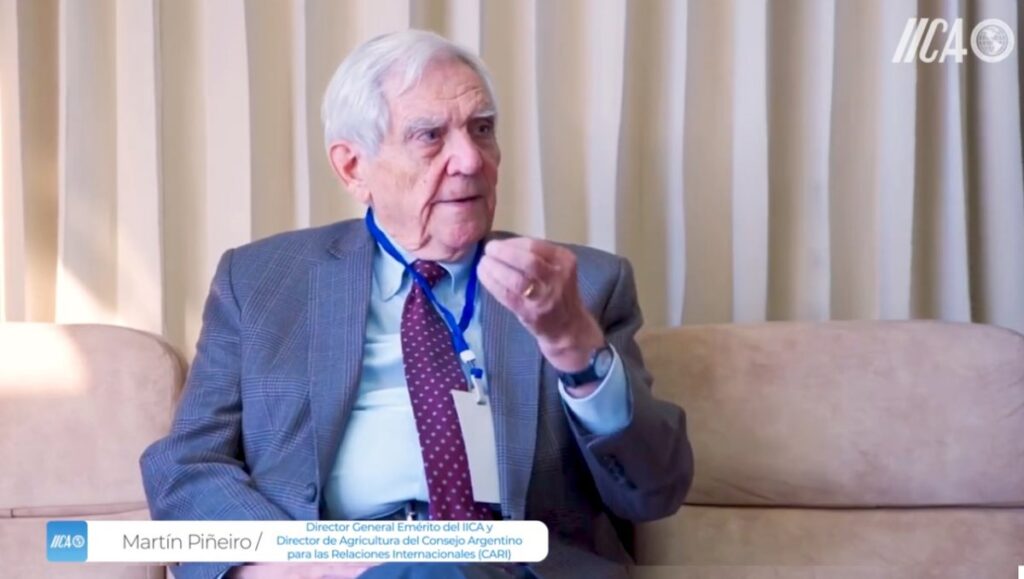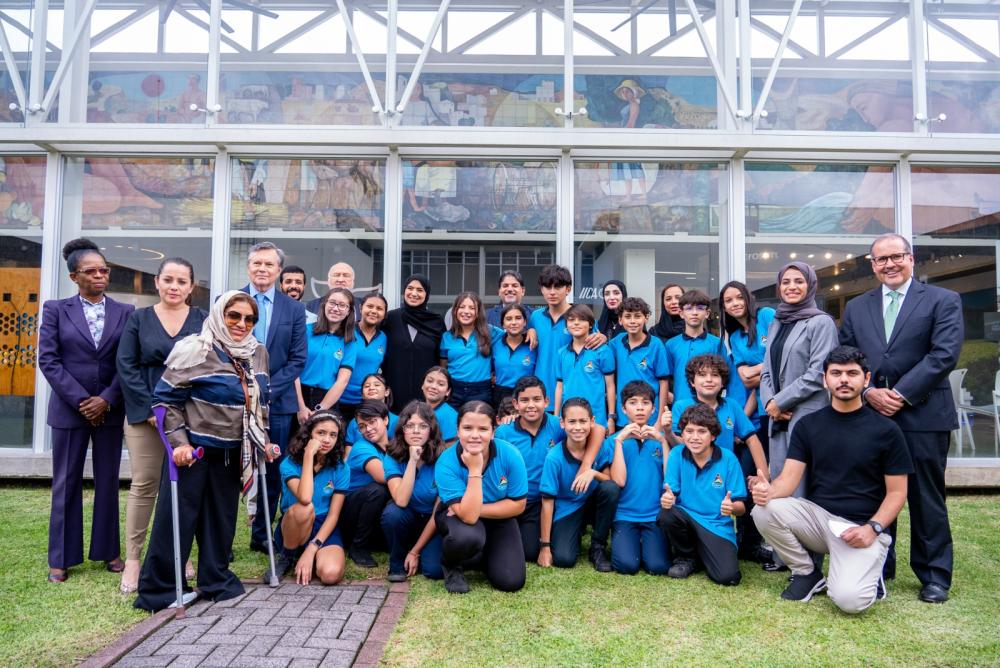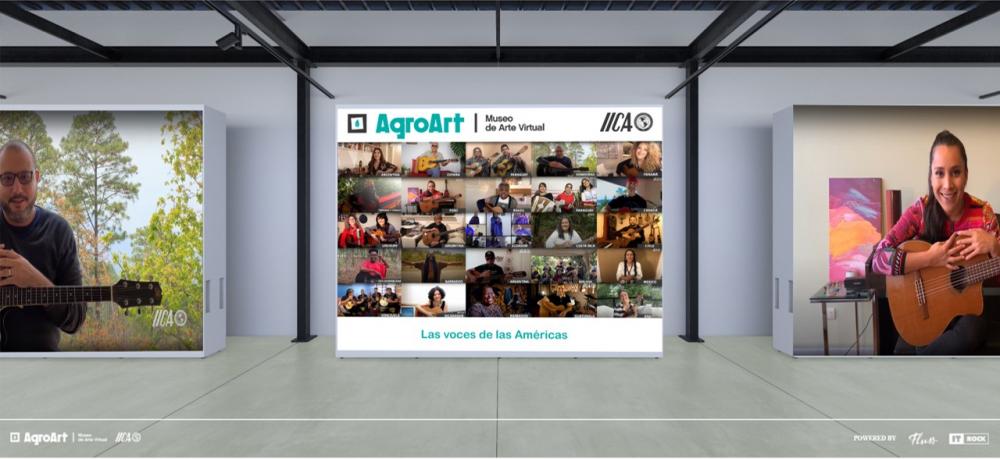Three variations on the same theme in the different parts of the region. That is how the 2013 IICA-FAO-ECLAC report describes the land tenure situation in Latin America and the Caribbean.

San Jose, Costa Rica, February 14, 2013 (IICA). The subdividing of farms in Mexico, Central America and the Andean nations, the concentration of land in the Southern Cone countries, and the pre-eminence of state land ownership in the Caribbean are the general trends detected in the structure of land tenure in Latin America and the Caribbean. Three different issues but common problems, such as environmental degradation and institutional problems with outmoded land registries in nearly all the states.
Land grabbing is also an emerging problem, especially in large countries like Brazil and Argentina, a situation that could lead to the development of a new kind of large estate and conflicts over territorial sovereignty. These are some of the points raised by the report The Outlook for Agriculture and Rural Development in the Americas 2013: A Perspective on Latin America and the Caribbean (Spanish only), prepared by the Inter-American Institute for Cooperation on Agriculture (IICA), the Regional Office for Latin America and the Caribbean of the United Nations Food and Agriculture Organization (FAO), and the Economic Commission for Latin America and the Caribbean (ECLAC).
The document explains that individuals, major foreign corporations and countries interested in expanding their natural resource base are mainly responsible for the purchases involving vast expanses of land. In Latin America (excluding the Caribbean), the impact of the Persian Gulf countries, China, South Korea, and India is minimal, despite their being among the main investors in the land market elsewhere in the world.
The predominant trend is that the buyers are intraregional Latin American (“trans-Latin”) firms that produce commodities or flex crops (the food, forage, and fuel triad), companies involved in forestry production, environmental services, tourism and conservation projects, or those seeking access to mining and energy resources.
In Mexico, Central America, and the Andean countries, on the other hand, farms are being broken up as they are sold or inherited. On this point, the report adds that the region: “…has millions of small farms that coexist with medium-sized and large operations. Together, they form a highly heterogeneous agrarian structure that, by reproducing asset distribution inequality, perpetuates and exacerbates productivity gaps.”
In their joint report, IICA, FAO, and ECLAC recommend that the Latin American countries maintain and deepen access to land, identifying small-scale agriculture as a special case and targeting it with differential, broad-based public policies encompassing land distribution, technical assis¬tance, irrigation, associativity, infrastructure and credit.
Problems common to the region
The complications faced by several Latin American countries also include tensions between peasants and large landowners, the pursuing of land claims by indigenous groups, armed conflicts and drug trafficking.
Cities and industrial activities are also putting pressure on far¬mland, not only because of the increasingly intense industrial rather than agricultural use given to the land, but also because they are more attractive to young people. “The new opportunities offered by cities have spurred rural youth migration at a time when household heads are ageing,” the document states.
The problem of land registration, although common, is not as serious in the Caribbean as in Latin America. In the latter case, the cost and complexity of titling processes account, in part, for the fact that only half of the farmers have tenure security, while in the Caribbean States land ownership is more of a question of legality versus legitimacy.
Legality refers to titling through the legal institutional framework of the States; legitimacy, is expressed through unofficial land-tenures of family land, generational land, and squatting.
“These alternative land tenure forms reflect dynamic attempts by the poorer sectors of Caribbean society to maximize their kinship lines and their limited access to land, in order to ensure their own food security and inter-generational survi¬val,” the IICA-FAO–ECLAC report explains.
In the Caribbean the State is the biggest landowner, having either inherited the resources from the former colonial authorities or purchased them as part of agrarian reform activities.
The outlook
According to the Outlook report, land concentration and foreign ownership will continue in Latin America over the coming years, although legislation and initiatives are also being developed in some countries to regulate foreign land ownership. Fragmentation of rural ownership will continue, as owners¬hip grows more concentrated in medium-sized and large holdings.
The agencies also call for natural resources to be factored into the economic calculation of production activities and regulations introduced to protect ecosystems, because they believe that environmental degradation will continue to intensify.
In the Caribbean, the experts expect the arrival of international resources to promote greater land parcel identification. Obstacles remain, however, such as the high cost of land titling, non-market transfers of land, and the traditional system of ownership, which recognizes collective rather than individual rights.
“The Caribbean region needs … institutions that would effectively ad¬minister both private and public interests in land in a market economy. This is needed to ensure that initiatives such as environmental zoning, promoting eco-tourism, managing urban expansion, protecting coastal zones and controlling deforestation are not seriously challenged by the trend towards marketization of individual land rights,” the interagency report concludes.
For more information, contact:
rafael.trejos@iica.int


